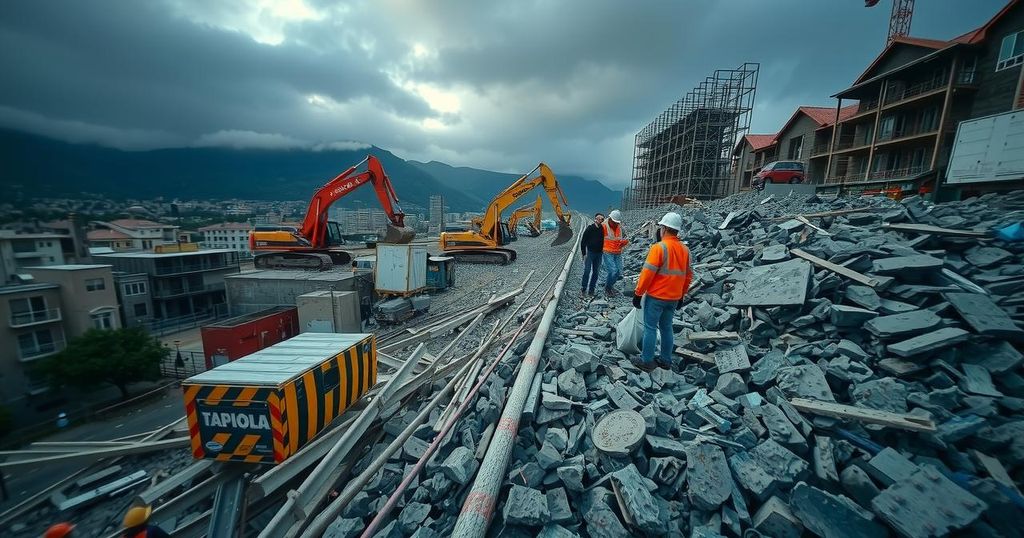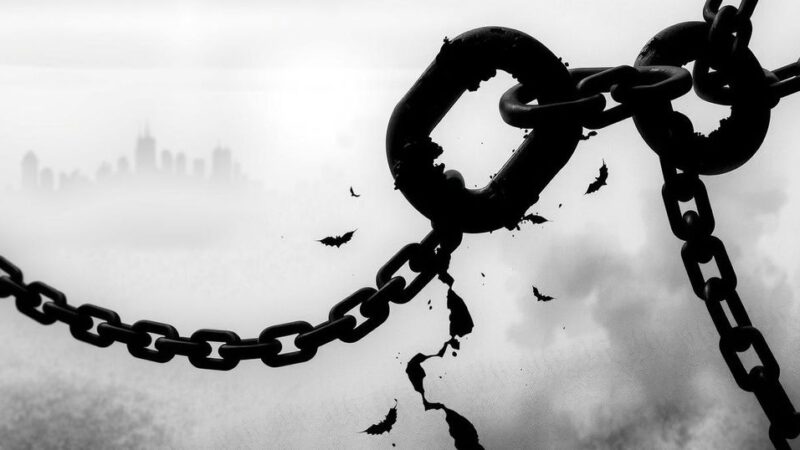The 2010 Chile earthquake, registering 8.8 in magnitude, caused extensive damage and led to a tsunami that complicated recovery efforts. Following the quake, Chilean authorities mobilized military resources and sought international aid, leading to the construction of temporary housing and infrastructure repairs. Legal actions were taken against officials for negligence regarding tsunami warnings. The disaster prompted significant advancements in emergency preparedness, evidenced by successful evacuation drills during subsequent seismic events.
On February 27, 2010, a powerful earthquake struck near the Biobío region of Chile, causing widespread devastation, particularly in the cities of Concepción and Maule. In response, the Chilean government dispatched over 10,000 military personnel to manage recovery efforts and maintain order in the affected areas. Initially, President Michelle Bachelet asserted that Chile would not require international assistance; however, as the gravity of the situation unfolded, she sought aid from the United Nations and accepted contributions from various countries, including the United States and the European Union. Bachelet faced scrutiny for her cautious approach, perceived by some as an attempt to distance her administration from the military regime of Augusto Pinochet. By the time Sebastián Piñera assumed the presidency on March 11, much of the immediate post-quake chaos had diminished and reconstruction initiatives were underway. By June 2010, the government had constructed over 50,000 temporary homes and initiated housing subsidies for those displaced by the disaster. Despite noticeable progress, many affected individuals remained without permanent housing a year after the quake, particularly along coastal regions devastated by the subsequent tsunami, which severely impacted the fishing and tourism industries. However, infrastructure repairs, including improvements to highways and airports, were largely complete by this time. By July 2013, the government reported that approximately 74 percent of the 222,000 subsidized reconstruction projects had been finished, with the majority being completed by mid-2014. The protective measures implemented after the 2010 earthquake played a crucial role in safeguarding lives during a subsequent magnitude-8.2 earthquake and tsunami that struck northern Chile in April 2014. A significant evacuation drill in May 2012 in Valparaíso involved half a million participants; this proactive measure proved effective as nearly one million residents were evacuated from coastal areas following a tsunami alert triggered by the 2014 quake, demonstrating the enhancements in emergency response systems. Further refinements to notification and evacuation protocols were evident after subsequent seismic events, including a September 2015 earthquake off the coast of Illapel. Legal ramifications of the disaster also emerged, as several officials faced charges for negligence concerning tsunami warnings. Notably, in May 2012, eight officials, including the director of the Chilean National Emergency Office, were indicted for failing to alert coastal inhabitants to the tsunami threats. Investigations further revealed attempts by the Hydrographic and Oceanographic Service to manipulate records to disguise ignored warnings. Legal consequences ensued, with settlements reached for victims’ families, totaling substantial financial reparations from both the individuals involved and the government to address the harm caused by the tsunami.
The 2010 Chile earthquake was a catastrophic event that struck on February 27, with its epicenter near the Biobío region. Registering a magnitude of 8.8, it was one of the largest earthquakes ever recorded. Alongside the seismic damage, a tsunami followed, exacerbating the devastation in coastal areas. In dealing with such crises, effective emergency response and recovery frameworks are essential to minimize loss of life and property. The immediate and long-term efforts following the earthquake highlight both the societal challenges and improvements in Chile’s disaster management and legal accountability measures in the wake of a national tragedy.
In summary, the aftermath of the 2010 Chile earthquake underscored the necessity for prompt and decisive government action in times of crisis. The swift deployment of military resources, coupled with international aid efforts, facilitated recovery and reconstruction endeavors that ultimately led to significant improvements in infrastructure and housing. Moreover, the legal accountability measures taken against negligent officials served both as a lesson from past mistakes and a catalyst for enhanced emergency preparedness in subsequent natural disasters. These developments not only contributed to the reconstruction of Chile but also laid the foundation for improved disaster response mechanisms for future events.
Original Source: www.britannica.com







